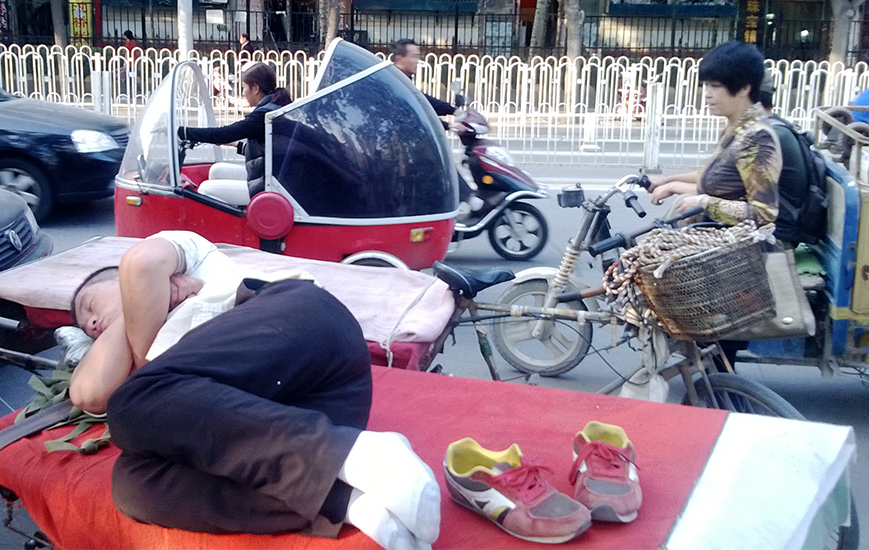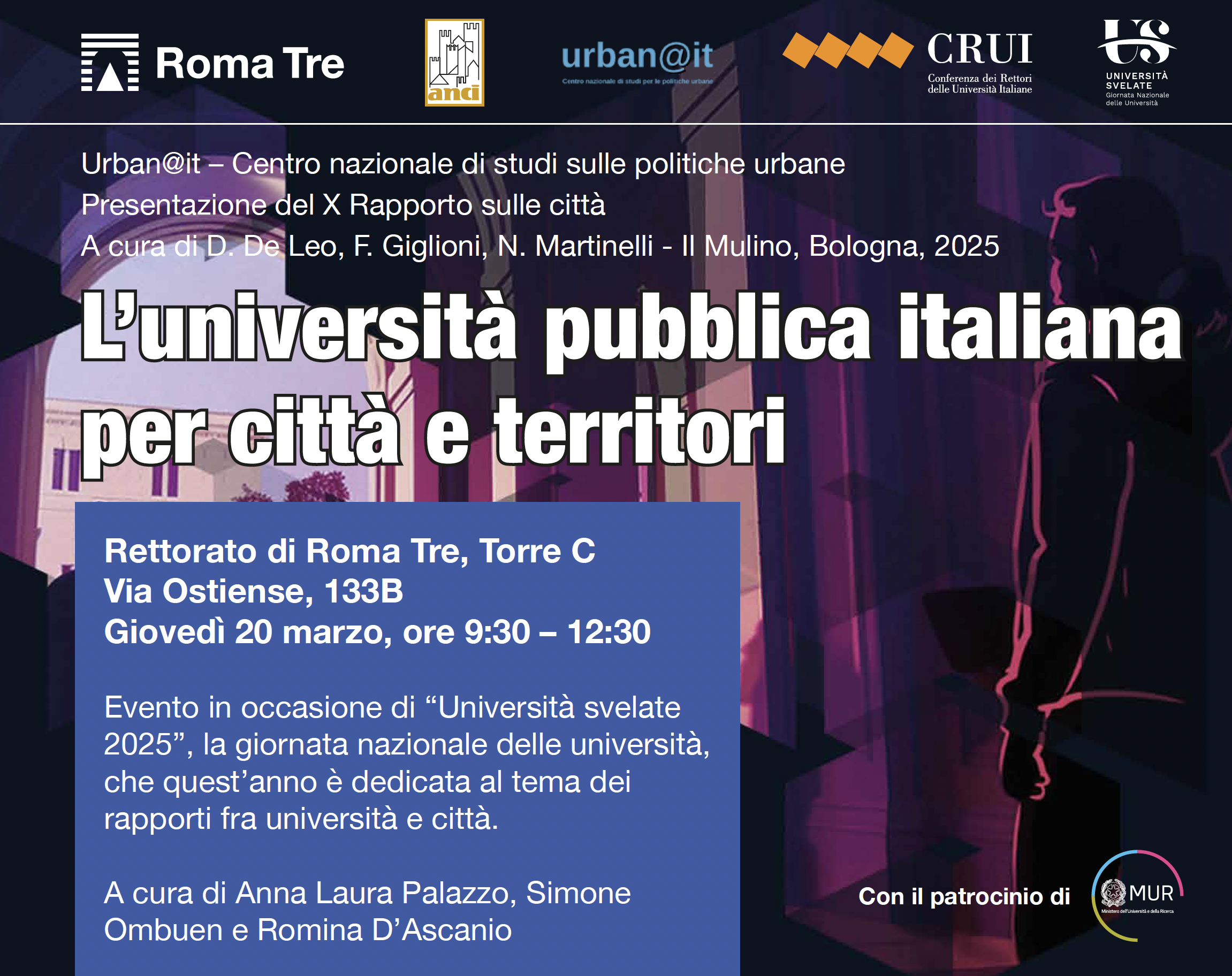The China’s Cities of Tomorrow

How to shape the China’s Cities of Tomorrow? The Urbanization process in China
Ph.D by Design – IUAV (Amphibious Architecture/Urban design) and Architect in Beijing, China
1.The Urbanization process in China
The Urbanization process in China is an ongoing process that has completely changed the face of the country. Its unprecedented speed and proportions are likely to pose a serious challenge to institutions and political bodies, which now have to learn how to cope with the consequences of urban growth, particularly a right balance towards rural area development and the pollution issue. The urgent need is to involve a variety of fields (technology, social, cultural, economic, architecture, legal, urbanism, psychology, administrative, etc.) in order to implement the standards missing in Chinese indicators systems as: the spatial growth, the urban form and the balanced integration between urban and rural development.
“From 2000 to 2012, China’s urbanization level increased from 36.2% to 52.6%, with annual average level increasing by 1.4%” (EU-China Joint Workshop on Urban Innovation, Foshan, China, 2013).
The “China’s habitable land covers an area of 1.82 million square kilometres, accounting for 19% of its total land area” (Chinese Academy of Governance 2011-2012, p. 44). According to the National Principle Functional Districts Program, the area of China’s land suitable for large scale and high intensity urban-industrial development totals 1.8 million sqkm.
The rate of land development in Eastern China provinces has already exceeded. The number and size of Chinese cities and towns have increased with constant improving of the urban system.
In the 2011, there were 5 cities with over 10 million people each, 18 cities with a population of over 4 million each and 722 administrative towns with the population exceeding 50.000 each in built-up areas (EU-China Joint Workshop on Urban Innovation, Foshan, China, 2013).
From the 2000 to 2010 the urban population concentration and industrial agglomeration have gradually defined the following territory pattern:
- two horizontal access – the two regions along Loghai Railway, from East to West and the middle and lower reaches of the Yagtze river;
- three longitudinal axes refer to the coastal area of China (Beijing-Guangzhou; Beijing-Harbin Railway-Baotou-Kunming) transportation corridors;
- The multiple urban poles refer to the central cities at various levels with high capacity to absorb population and perform the role in regional coordination and global competitiveness, including Beijing, Tianjin, Shanghai, Guangzhou, Shenzhen, Chengdu and Chongqing.
The national urban development is promoting the growth of large cities surrounded by smaller satellites, but local officials will continue push the development of small cities which is increasing the urban sprawl and the development of “Ghost City”.
The rapid development of Chinese Urbanization have to face with large increase of domestic immigration flow. In the 2011, the migrant workers from countryside, reached 230 million, increasing by 8.28 million from the previous year (UN-HABITAT, IEAS, CAM 2012-2013, p. IX).
These rural migrant workers are not entitled to urban social security (Hukou: Urban residence registration system) and face institutionalized discrimination in the cities (Fig.1).
Fig. 1: Beijing 2013- The rural migrant workers are not entitled to urban social security (Hukou: Urban residence registration system) and face institutionalized discrimination in the cities.
2. The Sustainable Urbanization in China
On the background of the EU-China Urbanization Partnership launched in May 2012 in Brussels, the European Commission and the Chinese National Development and Reform Commission organized in Beijing the 2013 EU-China Urbanization Partnership Forum. Premier Li Keqiang along his speech mentioned that China is now living a new path of urbanization: the harmonious development between human and nature.
The Forum represented a milestone in the relationship between Europe and China and promoting active cooperation between European and Chinese cities in a series of key sectors like sustainable urbanization, mobility, etc.
There are many names and definitions for the “China’s City of Tomorrow”, which are: “Smart”, “Harmonious”, “Human”, “Eco”, “Friendly”, “Low Carbon”, etc.
The China’s Cities of Tomorrow can be shaped using the principles of the “Smart city”, “Compact City” and “Slow City”. New holistic and comprehensive approach is needed, in order to reach greater integration between urban and rural areas and to avoid urban sprawl. It is necessary to consider the Urban and Rural integration as an unitary system (macro-system: regions, counties and territory), comprised of relations established between individual micro-system (cities, small cities and villages). It is required to adopt available regional spatial strategies that strengthen the network of the cities and their hinterland, e.g. the latest European planning instruments with which are developed the city regions in Europe and improving the territorial cohesion.
In the meanwhile, urbanization cannot be referred to as “sustainable” without taking into account human and historic dimensions of cities, which clearly needed to be preserved and enhanced (to promote the urban regeneration and the identity of the context)[1].
China is developing a rapid sustainable urbanization over the communing 20-30 years. The focus of Chinese Urbanization is to address Low-Carbon and Eco-City developments. In order to promote the effective implementation of measures to address climate change, the State Council incorporated energy conservation and emission reduction targets in the medium and long-term plans for economic and social development.
At the same time, the planning at different levels has also paid attention to the issue of Urban and Rural integration. The provincial level planning focuses on the provision of guidance on the zoning and classification.
The good examples of Chengdu (Fig. 2) and Chongqing that have completed their planning to integrate: urban and rural areas in their entire regions, including the cities Nanjing, Shijiazhuang, Changsha and Lanzhou; the development and distribution of industries; public services; infrastructures; ecological; environmental protections. The planning at county and city levels pays more attention to village construction and renovation, with the focus on making plans and development requirements on village distribution, rural environment improvement, rural land arrangement and the construction of agricultural exemplary projects, etc. (UN-HABITAT, IEAS, CAM 2012-2013, p. 59).
Fig. 2: Chengdu 2013 – new residential area developed under the European urban principles.
Chengdu planning strategy places emphasis on the need to create an environment where multiple different enterprises from Hi-Tech Industry can flourish, with the help of foreign investment and to provide a strong financial centre. Apart from the central business district or the “downtown” urban centre, there are plans to surround this with the development of four middle-sized cities each with a population of 200,000 – 500,000 people, to develop 30 prioritized towns, 100 “normal towns”, and more than 1,000 small towns.
Others good examples of Chinese Sustainable development have to be mentioned as:
- The Tianjin Eco-city’s Master Plan. The Plan attempts to strike a balance between competing needs, including the social, economic and environmental needs of the Eco-city;
- Foshan Industrial Services Zone. The zone mainly promotes the development of industrial services, including R&D, new materials, new energies, new IT, training convention and exhibition industry (expected to be completed in 2015);
- Guangming New District (Shenzhen) development of a Green City (2007-2020), is the sub-center of Shenzhen city and one of the new cities under key development;
- Turpan New District (Xinjiang) is located on the Gobi Desert. The Project has been developed combining the fields of urban planning, green architecture, climate forecast, smart micro-grid, green transportation and solar energy.
3. Conclusions
In “Invisible Cities” book by the Italian writer Italo Calvino, the emperor Kublai Khan asks his Venetian guest, Marco Polo, why he leaves out the fabled Venice. Polo answers that cities must be conjured from memory and desire. By inventing cities of the living and the dead, of the past and present, of the real and the unreal, he ultimately shows Khan his Venice. The emperor must invent his own invisible cities.
The Chinese urban planners and the Local Leaders need to find the balance between the “visible” city and the “invisible” one, could be a way to redesign and reinventing the sustainable city of tomorrow for China, in which the urban dwellers are part of it.
Bibliography
“EU-China Joint Workshop on Urban Innovation”, Towards Innovative Joint Solutions for Common Urbanization Challenges, 30-31 May-2013, Foshan, China.
Collection of Journal of Chinese Academy of Governance 2011-2012, Urbanization in China: Challenge and Development, 2012, Beijing.
Giovanna Rossato 2013, How to shape the China’s Cities of Tomorrow? January 2014, http://ceuc.org.cn/en/page.php?id=News_95&cid=37
IN-HABITAT, IEAS, CAM 2012, States of Cities in China 2012-2013, Foreign Languages Press, Beijing.
[1] 2013 EU-China Urbanisation Partnership Forum Sub-Forum on “Innovative City”, November 2013, Beijing (China). Giovanna Rossato’s Speech “How to shape the China’s Cities of Tomorrow?” http://ceuc.org.cn/en/page.php?id=News_95&cid=37








